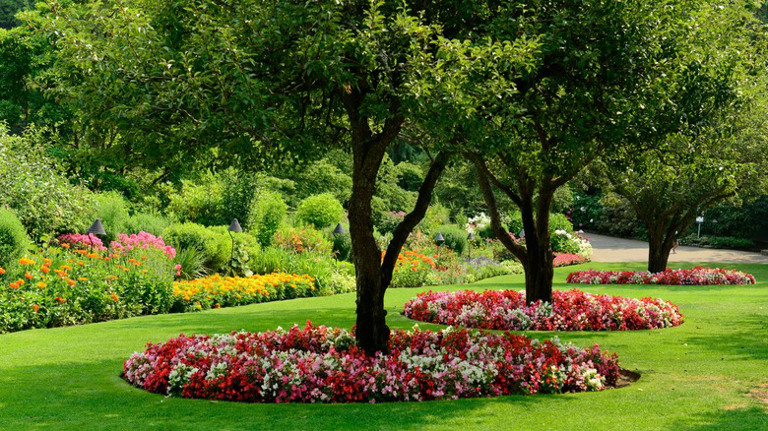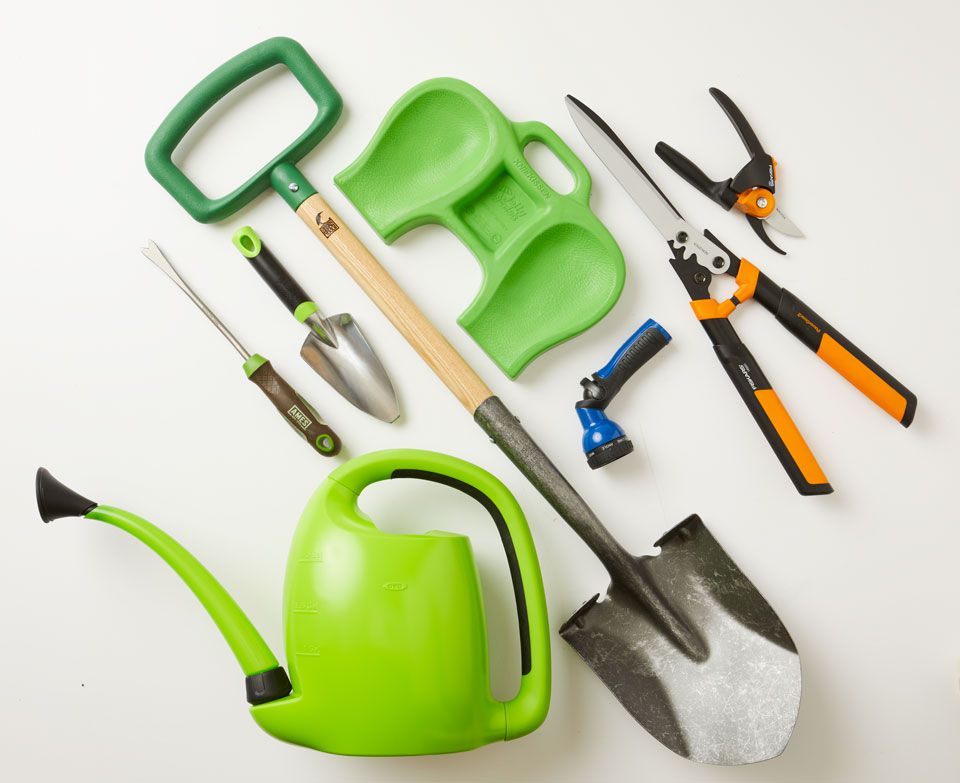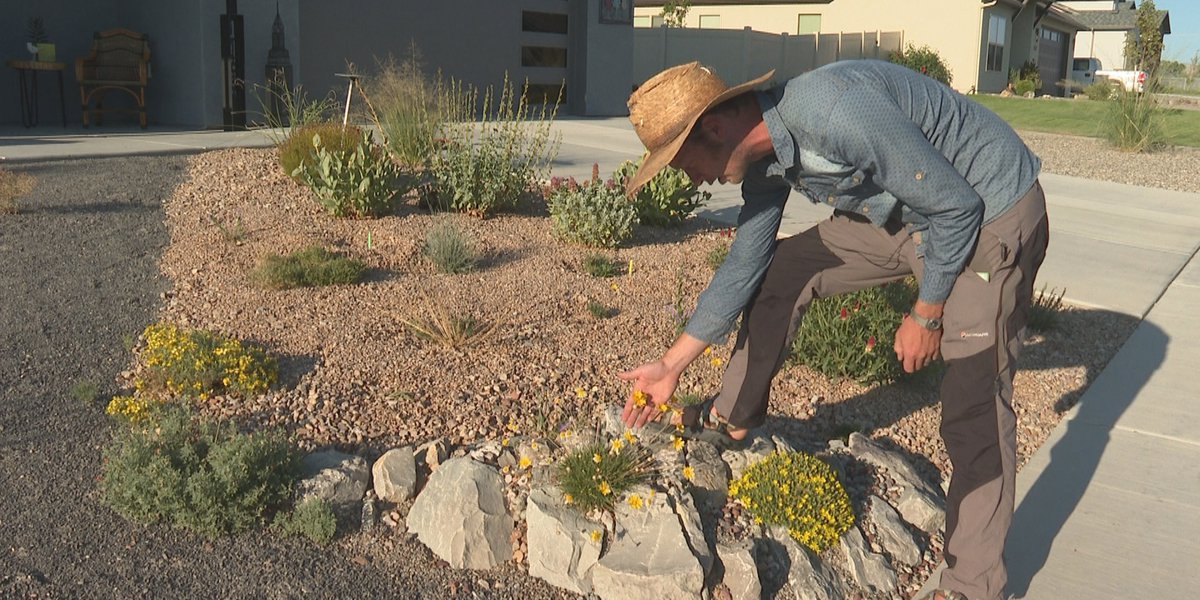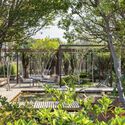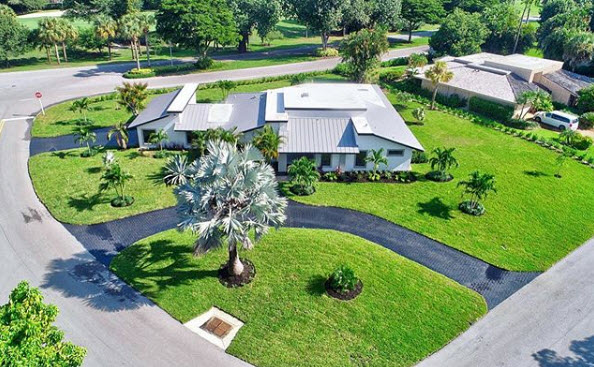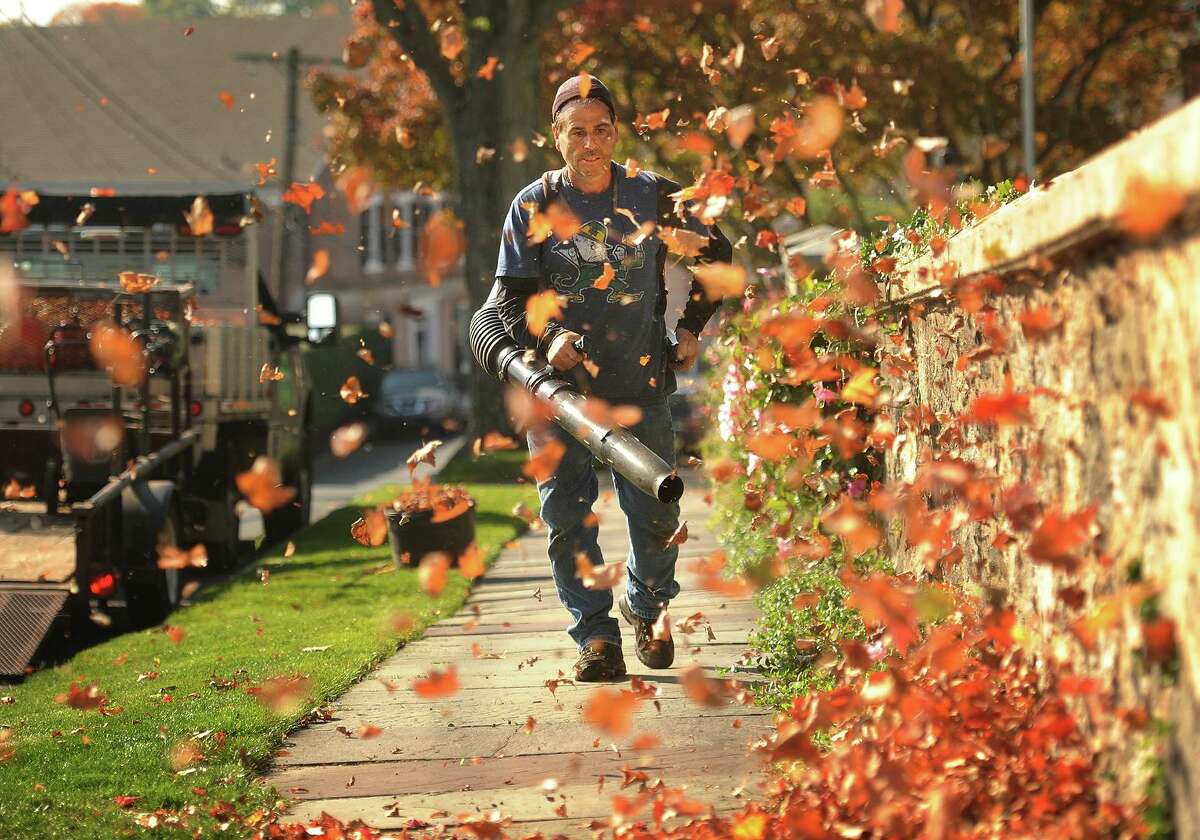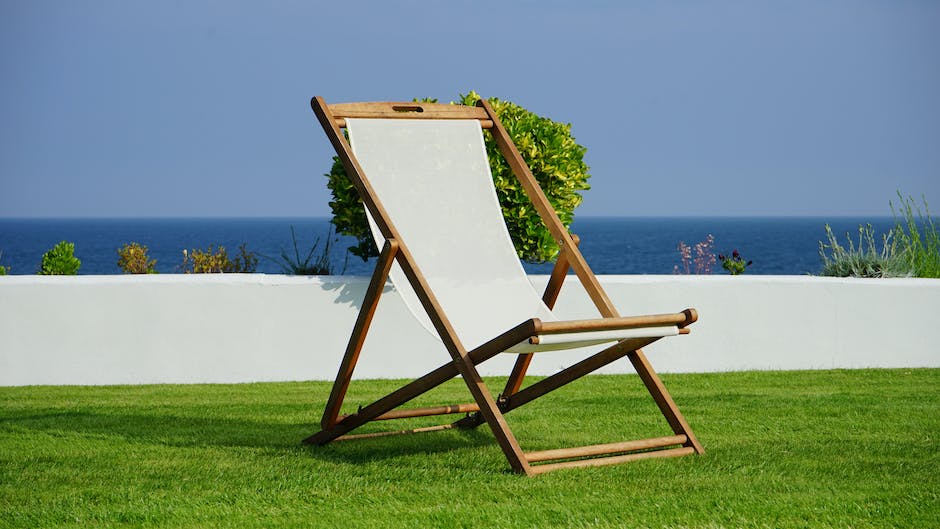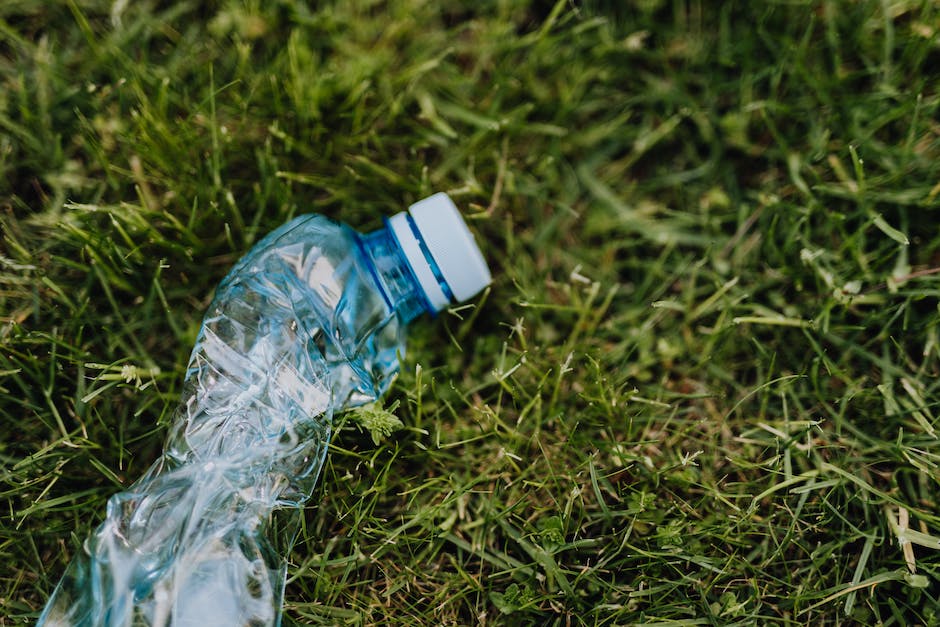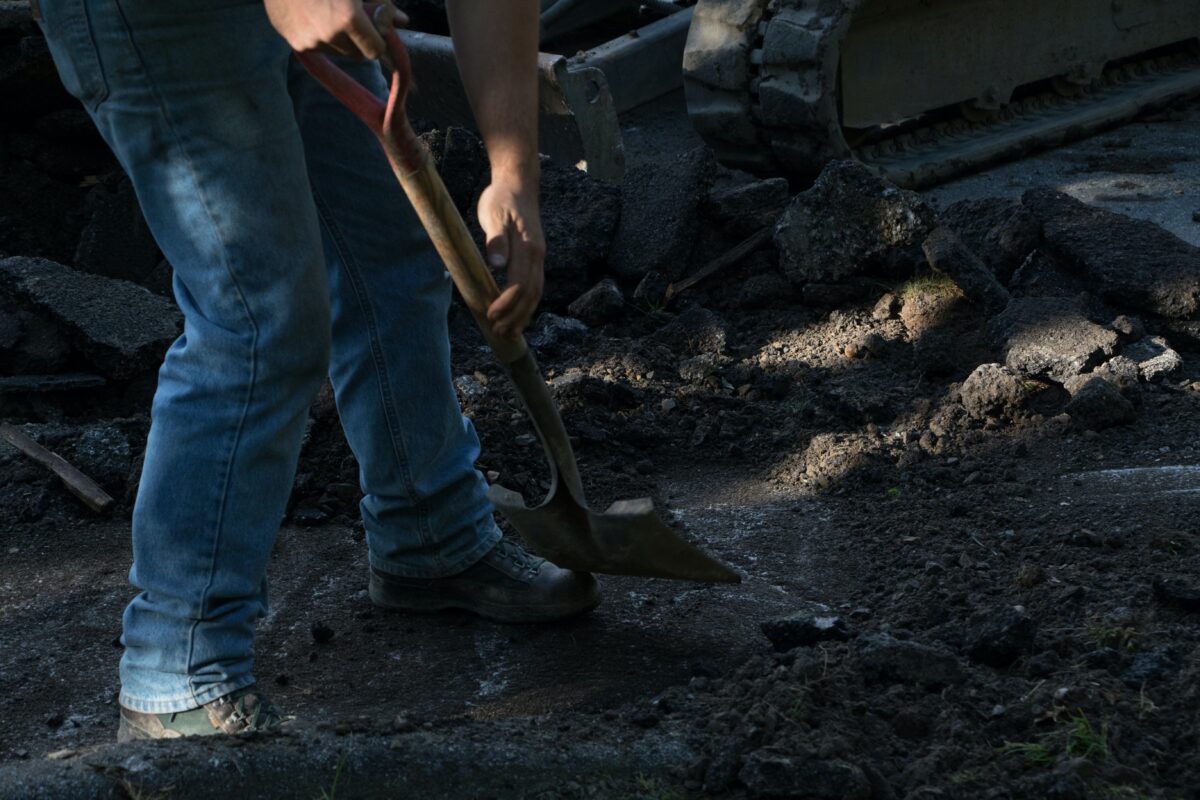A well-designed landscape is like a work of art, transforming your outdoor space into a haven of beauty and tranquility. If you’re looking to elevate your front or backyard with unique and creative landscaping ideas, you’ve come to the right place. In this blog, we’ll showcase a collection of stunning designs that homeowners can consider, complete with images and detailed descriptions to ignite your imagination.
- Enchanting Garden Pathways:
Create a magical atmosphere by incorporating winding garden pathways lined with lush plants and flowers. Use materials like natural stone or gravel for a charming rustic feel. Consider adding soft lighting along the path to enhance the enchanting ambiance during the evening hours.
- Vertical Gardens for Urban Oases:
For those with limited space, vertical gardens provide a stylish solution. Install vertical planters on walls or fences to cultivate a variety of plants, flowers, and even herbs. Not only does this add a touch of greenery, but it also maximizes space in urban settings.
- Water Features with a Twist:
Elevate your landscape with a unique water feature that goes beyond the ordinary. Consider a modern fountain, a cascading waterfall, or even a reflective pond with strategically placed stepping stones. The soothing sound of water will enhance the overall ambiance of your outdoor space.
- Whimsical Tree Swing Lounge:
Turn a mature tree into a charming focal point by adding a whimsical tree swing. Hang a comfortable seat from a sturdy branch, surrounded by vibrant flowers and soft ground cover. This creates a perfect spot for relaxation and daydreaming.
- Fire Pit Gathering Spot:
Extend your outdoor living space by incorporating a stylish fire pit. Choose from various designs, such as a sunken fire pit surrounded by seating or a modern bowl-style fire feature. This creates a cozy gathering spot for family and friends on cool evenings.
- Artistic Planting Patterns:
Ditch traditional planting layouts and experiment with artistic patterns. Create geometric shapes, swirls, or even a mosaic of colors using different plants and flowers. This adds visual interest and a touch of artistic flair to your landscape.
- Outdoor Room Retreat:
Transform your backyard into an outdoor living room with comfortable furniture, an overhead pergola, and soft lighting. This creates a seamless transition between indoor and outdoor spaces, providing a cozy retreat for relaxation and entertainment.
- Moonlit Garden with Glow-in-the-Dark Elements:
Add a touch of magic to your landscape by incorporating plants and decorations that glow in the dark. Strategically place glow-in-the-dark stepping stones, planters, or sculptures to create a captivating moonlit garden that comes alive at night.
These creative landscaping ideas are just the beginning of the endless possibilities for transforming your outdoor space. Whether you choose a whimsical tree swing, a modern water feature, or an enchanting garden pathway, let your imagination run wild. With careful planning and execution, your front or backyard can become a unique and personalized sanctuary that reflects your style and enhances the overall beauty of your home.
Contact RCH Landscaping Today for a Free Estimate

